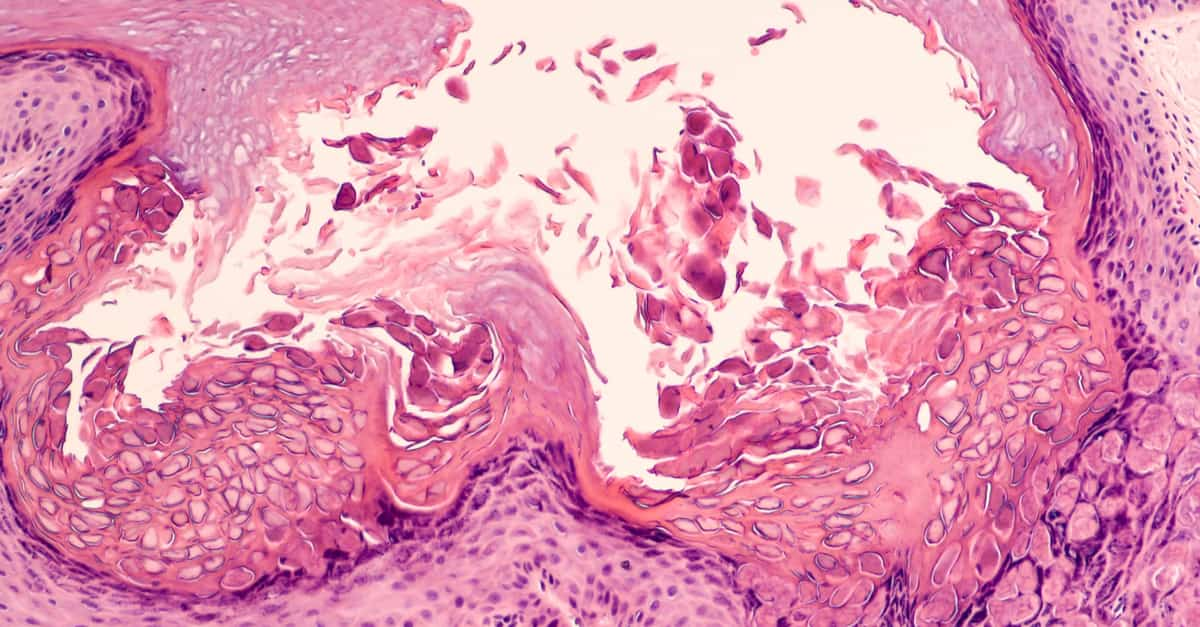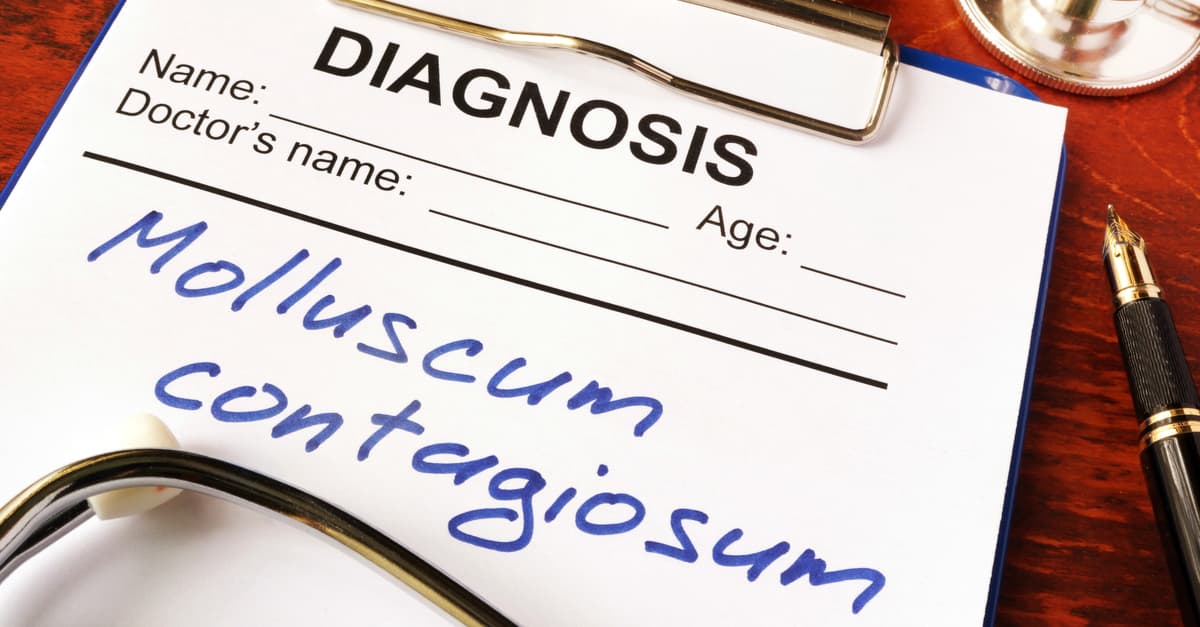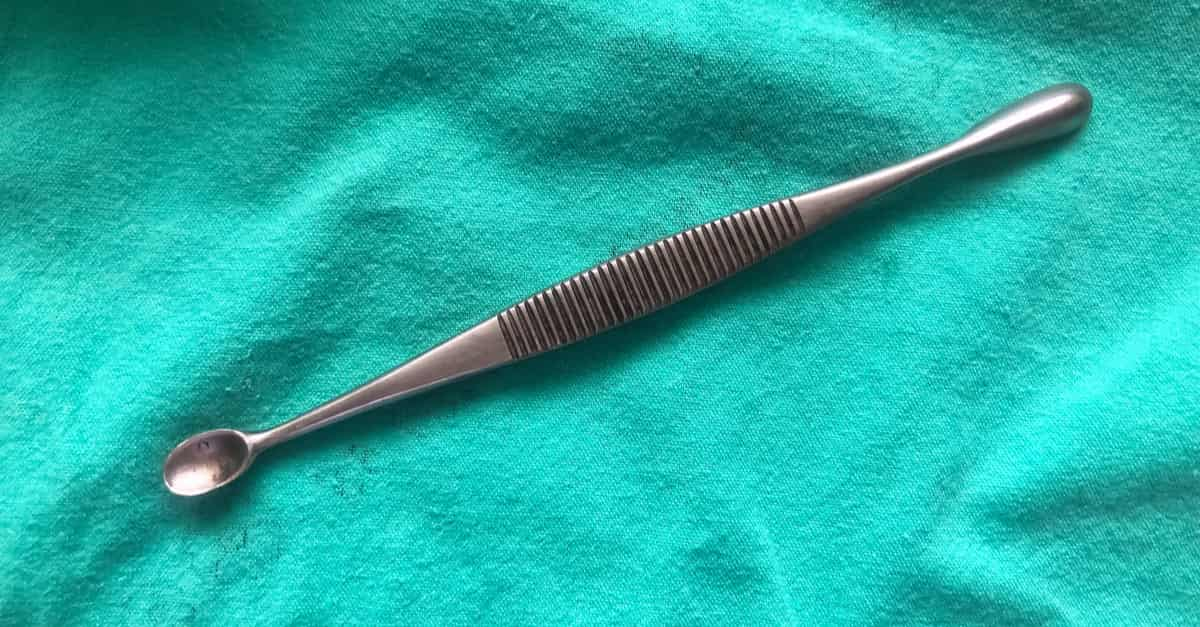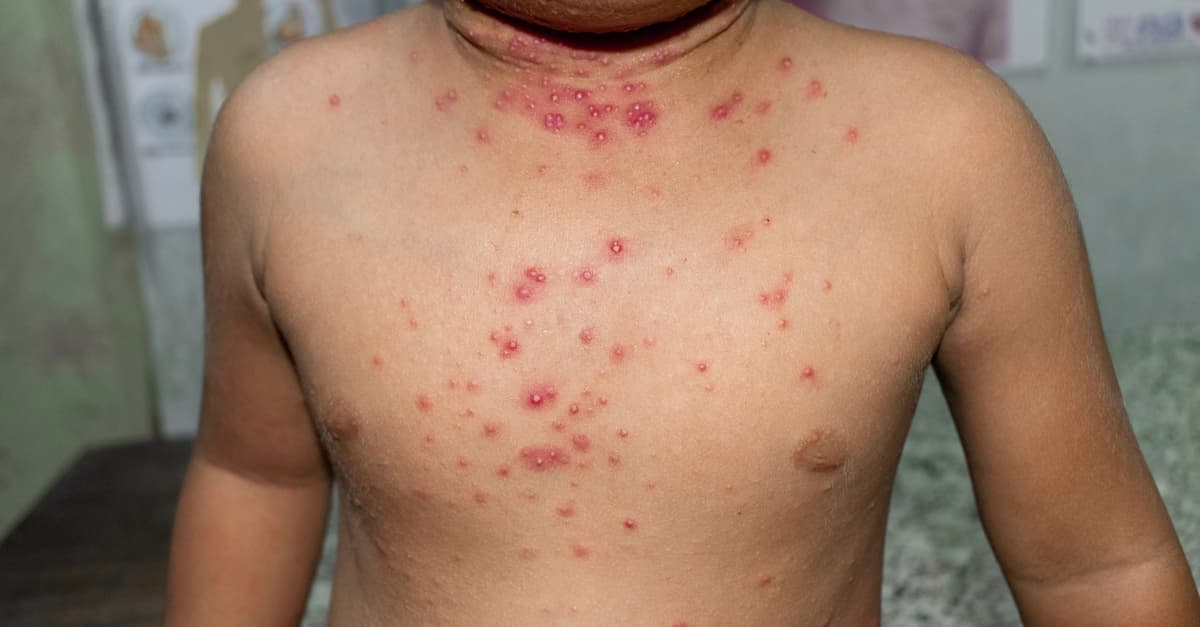Molluscum Contagiosum Causes and Symptoms

Molluscum contagiosum is a viral infection of the skin caused by a poxvirus, and the spread of the infection is caused by:
- Direct contact with the infected person: For example, when playing, touching, or after sexual intercourse. In the latter case, the lesions are usually located in the genital region.
- Through contact with shared objects: such as towels, clothing, or toys.
People with atopic dermatitis or any other skin lesion are seen more often with this disease. From the time the infection occurs until the disease develops (incubation period), between 2 and 8 weeks usually elapse, although sometimes several months may elapse.
Molluscum contagiosum produces one or more small lesions, between 2 and 5 mm in diameter, raised, pearly, whitish, pink, or the same color as the flesh, with a small dimple in the center. They can be seen anywhere on the body, (such as the face, neck, arms, hands, etc.,) except on the soles of your feet and palms of the hands, and they usually do not cause annoying symptoms.
In people without problems in their immune system, the lesions disappear on their own after a few months, although sometimes they can even take years. Lesions can be more persistent in the presence of lowered defenses, such as in AIDS patients.
Diagnosis and Contagion

The diagnosis of Molluscum contagiosum is clinical. A skin biopsy is not usually necessary for diagnosis. Molluscum contagiosum is spread by direct contact with people with the disease or through intermediate objects, such as clothing or toys. Most cases affect a single person in the family group, although contagion by direct skin contact with lesions or contact with utensils such as towels is possible. That is why it is advisable:
- In the pool: cover injuries with waterproof clothing or bandages; do not share swimming boards and other water toys. Also, avoid, if possible, rubbing with the lanyards.
- Do not share other people’s towels, clothes, or other individual things.
- Wash hands frequently with soap and water.
- Avoid touching or scratching the lesions.
Lesions can disappear spontaneously and without scarring, which is why they are often left untreated. Sometimes, both pediatricians and dermatologists, to avoid autoinoculation and contagion to other people, treat molluscum with little aggressive techniques:
- A topical medicine (such as for warts): they can apply or recommend that parents apply substances on them
- Burn them off: usually with cryotherapy (using a very cold substance)
- Curettage: removing them from the base using a small spoon with sharp edges
The results with any of these techniques are excellent. The prognosis of Molluscum contagiosum is good; it usually disappears on its own and does not affect internal organs.
Treatment

Treatment of molluscum contagiosum is done to prevent new lesions from appearing in other regions of the body, reduce the risk of transmission to other people, and prevent possible complications such as inflammation, itching, and trauma or infection.
There are multiple therapeutic options, which can be classified into:
- Surgical techniques: (physical destruction by cryotherapy with liquid nitrogen
- Curettage: manual expression
- Topical treatments: these produce an inflammatory response at the infected site
The choice of treatment depends on the characteristics of the patient:
- The patients’ age
- The number and location of the lesions
- The presence of other dermatoses or concomitant diseases
- The performance of recreational activities
- The patient’s preference, etc…
Other factors that will affect treatment choice are the doctor’s ability, experience, and material resources. Any therapeutic option is useful since, so far, none has proven to be more effective compared to the rest.
Molluscum Contagiosum in Children


